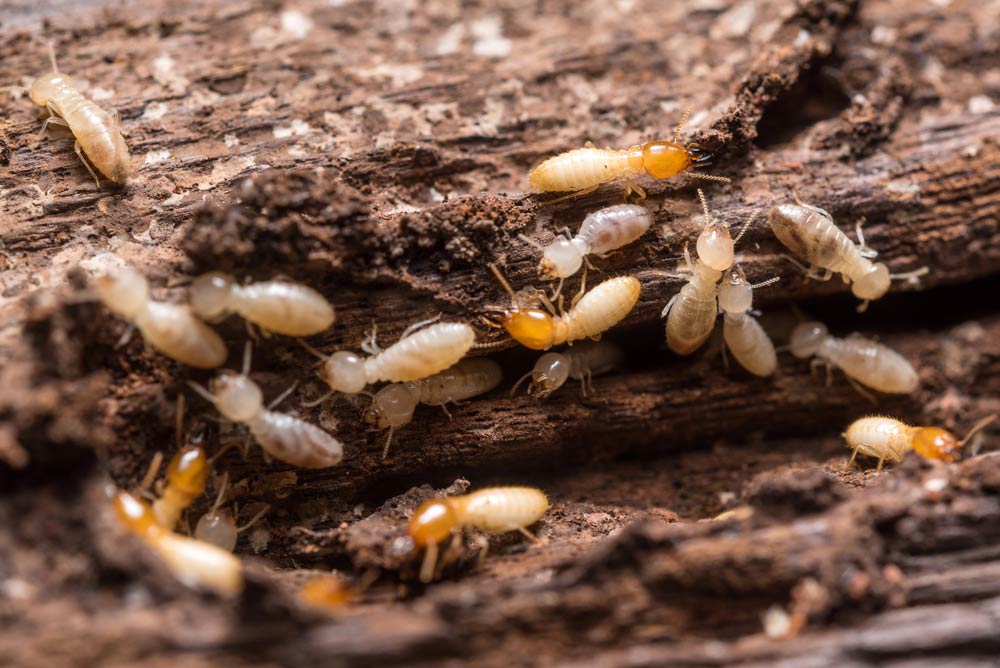
Termites And Insurance: Does Your Homeowner’s Policy Cover Termite Infestation?
Among the most destructive pests that can harm your house are termites. They are relentless food processors. All day, every day, they will gnaw through the furniture and other cellulose in the ceiling, walls, floors, and beams of your house until there is nothing left for them to eat.
Termite infestation may cause your home to collapse. Furthermore, in many scenarios, you could not even be aware of the termites’ presence until visible damage is done, such as your house genuinely collapsing. For more information about termite infestation, contact avatapest.com.
How do you know if the homeowner’s policy covers termite infestation in your home?
The goal of homeowner’s insurance is to protect your house from harm by covering necessary repairs in the case of damage. However, the majority of insurance only pays out for losses resulting from sudden or unforeseen catastrophes.
Even though the damage is unexpected to you, and you were unaware that your home was infested with termites, your insurance company certainly does not share your opinion and will not reimburse you for it. Termite damage is actually expressly excluded by several insurance companies from the homeowner’s policy.
As a homeowner, you are required to make regular maintenance and upkeep purchases for your house. This involves arranging routine pest inspections, which should include a termite examination. Regular treatments are also essential to prevent these pests from entering your home.

What about collateral damage?
The homeowner’s policy may cover the wall or ceiling under the collateral damage provision if termites compromise a part of your home and cause a wall or ceiling to fall. Additionally, your home insurance will pay for some of the damage if you have a roof leak or another type of unforeseen incident. However, the area of the house that termites directly harmed will not be covered by your policy.
Do not worry; there are other exceptions, too!
Under certain circumstances and depending on the policy’s details, damage resulting from termites may be covered by your homeowner’s insurance.
Hurricanes
For example, if a hurricane or other significant storm damages your property, there may be a lot of water damage and rot, which attracts termites in and lets them inside. The expense of removing the termites and any further damage they cause in the aftermath of the storm may be reimbursed by your insurance policy. Just do not believe that the storm is to blame for the termite damage that has already occurred! The professionals will be able to estimate how long the termites have been there in relation to the amount of damage they have done.
House fire
Suppose if a house fire is caused by termites eating through your electrical wires. Accidental fires are nearly always protected by home insurance, so even if termites caused the fire, you can still be covered.
For the reasons mentioned above, every homeowner must have a contract for termite protection that covers both treatment and repair of termite-related damage. In the event of an infestation, this may be the only available protection.
How can you protect your home if the homeowner’s policy does not cover it?
Prevention techniques are the best way to deal with termites. In order to prevent infestation, you must arrange for a yearly termite inspection and regular termite treatment for your house. Your home and location will decide how often you need an inspection or treatment, but you might need to plan a visit every three, six, or twelve months.
Contact the local pest control company to handle termite control and inspections. Even in the initial stages of an infestation, termites can be detected by professionals. They can create a termite treatment strategy that will get rid of the termites and prevent future infestations from occurring if they are discovered early. All pest control professionals are skilled in identifying and eliminating typical pests, such as cockroaches, ants, scorpions, and roof rats.
